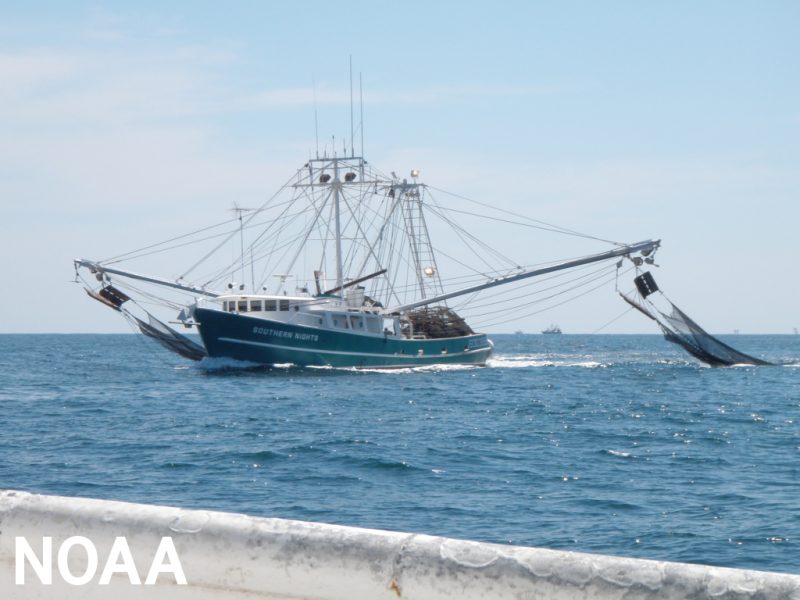
Gulf of Mexico dead zone
Every year in June, NOAA scientists forecast the expected size of the dead zone in the Gulf of Mexico. Generally speaking, the dead zone occurs every summer as an area of hypoxia, where low oxygen levels can’t sustain life. Now, for the summer of 2023, NOAA is forecasting a below-average extent of about 4,155 square miles. The average dead zone is 5,364 square miles over the 36-year history of dead zone measurements in the region.
NOAA explained some of the factors leading to the low forecast:
In May 2023, discharge in the Mississippi and Atchafalaya rivers was about 33% below the long-term average between 1980 and 2022, and the nitrate and phosphorus loads were about 42% and 5% below the long-term averages, respectively.
A monitoring survey, scheduled for later this summer, will confirm the size of the 2023 dead zone. Also, it’s a key test of the accuracy of NOAA’s models. Those results will be available, accordingly, in early August.
What is a dead zone?
NOAA explained that:
The annual Gulf of Mexico dead zone is primarily caused by excess nutrient pollution from human activities in urban and agricultural areas throughout the Mississippi River watershed. When the excess nutrients reach the Gulf, they stimulate an overgrowth of algae, which eventually die and decompose, depleting oxygen as they sink to the bottom. The resulting low oxygen levels near the bottom of the Gulf cannot support most marine life. Fish, shrimp and crabs often swim out of the area, but animals that are unable to swim or move away are stressed or killed by the low oxygen.

A new type of forecast
Overall, this is just the 6th year that NOAA has produced a dead zone forecast. Nicole LeBoeuf of NOAA explained their usefulness:
NOAA hypoxia forecasts aim to provide coastal managers and stakeholders with the information they need to take proactive action to mitigate the impacts of hypoxic events. These forecasts also help managers set nutrient reduction targets necessary to reduce the frequency and magnitude of future dead zones.
Among the tools at their disposal, the USGS uses thousands of real-time stream gauges throughout the Mississippi-Atchafalaya watershed. The Interagency Mississippi River and Gulf of Mexico Hypoxia Task Force is working toward a goal of reducing the dead zone to 1,900 square miles by the year 2035.
Bottom line: NOAA’s summer 2023 forecast for the Gulf of Mexico dead zone calls for a below-average extent of about 4,155 square miles. These dead zones are areas where low oxygen doesn’t allow for marine life to survive.











